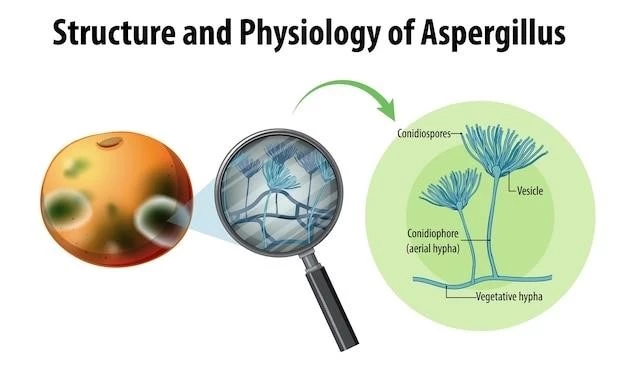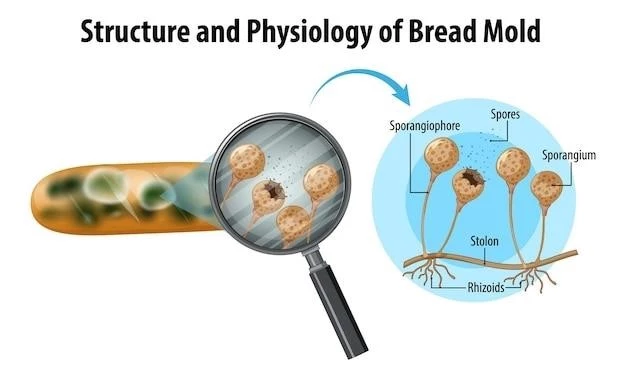Overview of Pseudoxanthoma Elasticum (PXE)
Pseudoxanthoma elasticum (PXE) is a progressive disorder of elastic fibers in skin, eyes, and arterial walls. The disease can be caused by mutations in the ABCC6 gene.
Definition and Characteristics
Pseudoxanthoma elasticum (PXE) is a rare genetic disorder characterized by progressive calcification of elastic fibers in the skin, eyes, and cardiovascular system. Mutations in the ABCC6 gene are associated with the condition. The disease can lead to cutaneous features like yellowish papules, and its prognosis varies based on extracutaneous organ involvement. Diagnosis often involves clinical presentation and pathology examination. Research on PXE has focused on genetic studies to further understand its inheritance patterns and develop new treatments.
Inheritance Patterns
Pseudoxanthoma elasticum (PXE) can be inherited in autosomal dominant or autosomal recessive patterns, with mutations typically in the ABCC6 gene.
Autosomal Dominant Inheritance
Autosomal dominant inheritance in Pseudoxanthoma elasticum (PXE) involves the transmission of a mutated ABCC6 gene from one parent, resulting in the expression of the disorder in the offspring.
Autosomal Recessive Inheritance
Pseudoxanthoma elasticum (PXE) is commonly inherited in an autosomal recessive manner, where both copies of the ABCC6 gene carry mutations. This mode of inheritance typically requires both parents to pass on a mutated gene for the disorder to manifest.
Clinical Presentation
Pseudoxanthoma elasticum (PXE) typically presents with cutaneous features such as yellowish papules that progress into larger plaques. Prognosis varies depending on extracutaneous organ involvement.
Cutaneous Features
One of the main clinical presentations of Pseudoxanthoma elasticum (PXE) includes the development of small yellowish or skin-colored papules that progressively merge into larger plaques in a reticular pattern. These features are often asymptomatic and are crucial in the diagnosis of PXE.

Prognosis
The prognosis of Pseudoxanthoma elasticum (PXE) depends on the extracutaneous organ involvement, impacting life expectancy. Complications like acute GI hemorrhage can be fatal.
Impact on Life Expectancy
The prognosis of individuals with Pseudoxanthoma elasticum (PXE) is influenced by the involvement of extracutaneous organs. While most patients have a normal lifespan, severe complications such as acute gastrointestinal bleeding, myocardial infarction, or cerebral hemorrhage can lead to fatal outcomes.

Variant Forms of PXE
Dominant type II PXE represents a milder form of the disease, compared to the standard presentation of Pseudoxanthoma elasticum (PXE). This variant is characterized by unique clinical features and complications.
Dominant Type II PXE
Dominant Type II PXE presents as a milder variant of Pseudoxanthoma Elasticum, showcasing unique clinical features and potential complications that differ from the standard form of the disease.
Diagnosis and Pathology
In the diagnosis of Pseudoxanthoma elasticum (PXE), cutaneous features play a vital role, showcasing characteristic yellowish papules that progress into larger plaques. Pathologically, the presence of calcification in elastic fibers aids in confirming PXE.
Case Studies
Clinical case studies of Pseudoxanthoma elasticum (PXE) highlight the diverse manifestations and complications of the dominant form of the disease, including the impact on various organ systems.
Clinical Presentation and Complications
Clinical presentations of Pseudoxanthoma elasticum (PXE) consist of characteristic cutaneous features like yellowish papules that can progress into larger plaques. Complications, such as gastrointestinal hemorrhage, myocardial infarction, and cerebral hemorrhage, can impact the prognosis of individuals with PXE.
Research and Genetic Studies
Ongoing research and genetic studies focus on understanding the inheritance patterns and molecular basis of the dominant form of Pseudoxanthoma elasticum (PXE). Scientists aim to uncover novel therapeutic targets and diagnostic markers for improved management of this genetic disorder.
Recent Developments in Treatment
Recent advancements in the treatment of the dominant form of Pseudoxanthoma elasticum (PXE) focus on developing targeted therapies that can potentially mitigate the progression of the disorder. Novel treatment approaches aim to address the underlying genetic mutations associated with the condition, offering hope for improved management of PXE in affected individuals;
